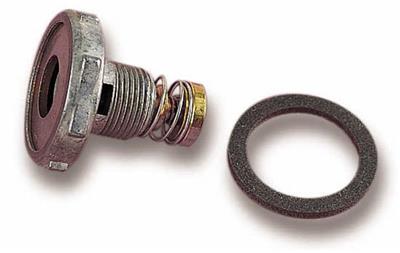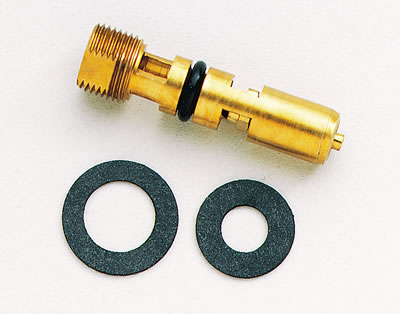My engine is almost stock. Does have a Performer intake and a SVO cam, but that's about it.
The carburator in it right now is toast. A Holley 750 DP. But it makes my engine blow BLACK smoke in idle and when I'm hitting the gas, and I can't adjust it.
Question is:
What carburator will match my engine the best ? Will a 650 cfm be enough ? Does it have to be a double pumper ?
What carburator would You Guys suggest ?
Original Post




